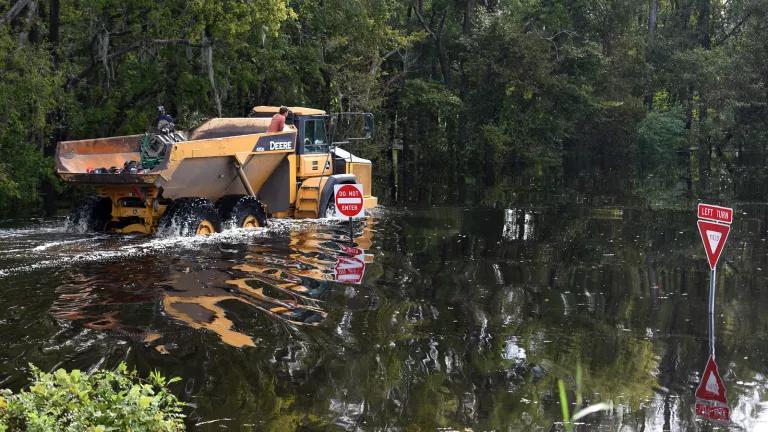Across the United States, climate change is affecting water resources in many ways, including putting water supplies at risk, increasing flooding and erosion, and threatening fish and aquatic species. As global warming pollution continues to affect our environment, these risks to water resources will only increase, posing grave challenges to our nation's cities, towns, and neighborhoods. Some states are leading the way in preparing for water-related impacts with integrated and comprehensive preparedness plans that address all relevant water sectors and state agencies. Unfortunately, other states are lagging when it comes to consideration of potential climate change impacts-or have yet to formally address climate change preparedness at all.
Every region of the United States is potentially vulnerable to adverse water-related impacts from climate change. Some states are taking action by reducing the greenhouse gas pollution that contributes to climate change and by planning for projected climate change-related impacts. However, many states are not. Nonetheless, the effects of climate change on the nation’s water resources already are being observed. According to the U.S. Global Change Research Program (USGCRP), warmer temperatures are causing changes to the water cycle that include:
- Changes in precipitation patterns and intensity
- Increases in evaporation
- Changes in runoff and soil moisture
- Changes in the occurrence of drought
- Widespread melting of snow and ice
- Loss of lake and river ice
- Rising water temperatures
These changes and their effects on water resources will have wide-ranging impacts on our nation’s cities, towns, and neighborhoods, as well as on our natural resources, and will only intensify as atmospheric greenhouse gas levels grow and temperatures rise further.



